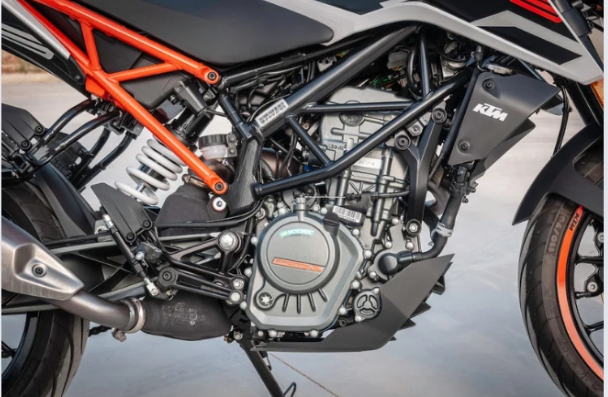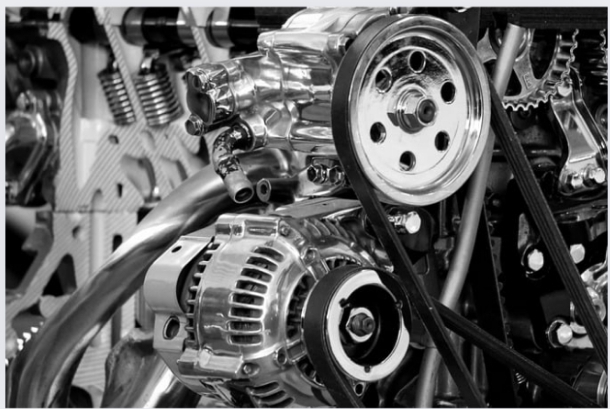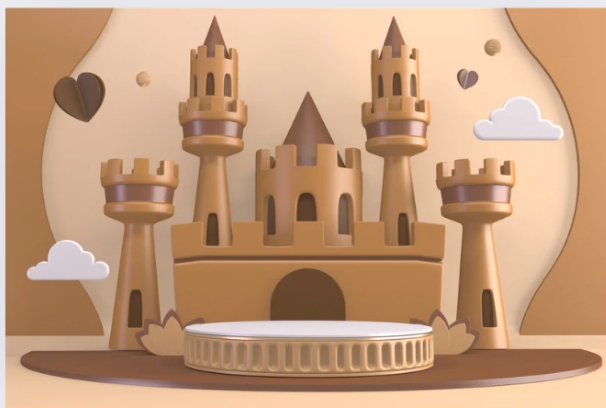19 HP Kawasaki Engine 21163-7010 16121 Starter Rebuild Kit

Introduction
If you’re a small engine enthusiast or a DIY mechanic, you know the importance of keeping your equipment in top shape. One critical component of the 19 HP Kawasaki Engine 21163-7010 16121 Starter Rebuild Kit is its starter, and when it starts to falter, a rebuild might be just what you need. In this article, we’ll dive into the details of the 16121 starter rebuild kit, helping you understand why it’s necessary and how to use it effectively.
What is a Starter Rebuild Kit?
A starter rebuild kit is a set of parts designed to restore a worn or malfunctioning starter motor to optimal condition. Essentially, it’s a toolkit for giving your starter a second life. The 16121 kit, specifically tailored for the 19 HP Kawasaki engine, includes all the essential components needed to refurbish the starter, ensuring it operates smoothly and reliably.
Components of the 16121 Starter Rebuild Kit
The 16121 starter rebuild kit contains several key parts, each playing a vital role in the starter’s functionality:
Brushes: These provide electrical contact between the stationary and rotating parts of the starter.
Bushings/Bearings: These ensure smooth rotation of the starter motor.
Commutator: This component transfers electrical current to the rotating part of the starter.
Drive Gear: Engages with the engine flywheel to start the engine.
Each component is essential for the starter’s operation, and replacing worn parts can significantly improve performance.
Why You Might Need a Rebuild Kit
Starters endure a lot of wear and tear, especially in engines that see frequent use. Common issues that might prompt a rebuild include:
Difficulty Starting the Engine: If you’re turning the key but the engine isn’t firing up as it should.
Grinding Noises: Unusual noises can indicate that the starter gear or bearings are worn out.
Intermittent Operation: The starter works sometimes but not consistently.
A rebuild kit addresses these issues by replacing the worn-out parts and restoring the starter’s functionality.
How to Identify the Need for a Rebuild Kit
How can you tell if your starter needs a rebuild? Here are some common symptoms:
Slow or Labored Starting: The engine cranks slowly or with difficulty.
Clicking Sound: You hear a clicking sound when you try to start the engine.
Complete Failure: The starter doesn’t engage at all.
If you notice these signs, it’s a good idea to check the starter and consider using a rebuild kit.
Preparing for the Rebuild
Before you dive into the rebuild process, make sure you have the necessary tools and supplies:
Socket sets and wrenches: Essential tools for disassembling and assembling components.
Screwdrivers: To take apart the starter assembly.
Lubricants and Cleaners: For maintaining and cleaning parts.
Safety Gear: Gloves and safety glasses to protect yourself.
Having everything prepared will make the rebuild process smoother and more efficient.
Step-by-Step Guide to Rebuilding Your Starter
Removing the Starter
Disconnect the Battery: Safety first—disconnect the negative terminal to prevent electrical shocks.
Locate the Starter: Find the starter motor on your engine.
Unbolt the Starter: Use your socket set to remove the bolts securing the starter to the engine.
Disassembling the Starter
Remove the End Cap: Take off the end cap to access the internal components.
Extract the Brushes and Commutator: Carefully remove these parts to inspect them.
Replacing Key Components
Install New Brushes: Place the new brushes into their slots.
Replace Bearings: Ensure the new bearings are positioned correctly.
Update the Drive Gear: Install the new drive gear if necessary.
Reassembling the Starter
Reattach the End Cap: Secure the end cap back onto the starter.
Bolt the Starter Back In: Reattach the starter to the engine using the previously removed bolts.
Testing the Rebuilt Starter
Reconnect the Battery: Reattach the negative terminal to your battery.
Start the Engine: Check to ensure the starter works correctly and that the engine starts smoothly.
Maintenance Tips for Your Kawasaki Engine
Regular maintenance can help extend the life of your engine and its components:
Change the Oil Regularly: Follow the manufacturer’s recommendations for oil changes.
Inspect the Starter Periodically: Check for signs of wear and address issues early.
Keep the Engine Clean: Remove debris and dirt to prevent overheating and damage.
When to Seek Professional Help
Sometimes, despite your best efforts, a professional might be needed. If you encounter issues beyond the starter itself, such as engine problems or complex electrical issues, consulting a mechanic is wise.
Benefits of Rebuilding Your Starter
Rebuilding your starter offers several advantages:
Cost-Effective: It’s often cheaper than buying a new starter.
Enhanced Performance: A rebuilt starter can perform as well as a new one.
Sustainability: Rebuilding reduces waste by extending the life of existing components.
Conclusion
Rebuilding the starter on your 19 HP Kawasaki Engine 21163-7010 16121 Starter Rebuild Kit using the 16121 kit can be a rewarding project that restores your engine’s reliability. With the right tools, a bit of patience, and the guidance provided, you can successfully bring your starter back to life. Remember, regular maintenance is key to keeping your engine in top condition.
FAQs
How often should I replace my starter?
Starters typically last several years, but it’s good to check if you notice starting issues.
Can I rebuild a starter myself?
Yes, with the right tools and a bit of know-how, rebuilding a starter is a feasible DIY project.
What tools are needed for a starter rebuild?
Basic tools include a socket set, screwdrivers, lubricants, and safety gear.
How do I know if my starter is the issue?
Symptoms include slow starting, grinding noises, or complete failure to engage.
Where can I buy a starter rebuild kit?
Starter rebuild kits are available at
automotive parts stores and online retailers.





